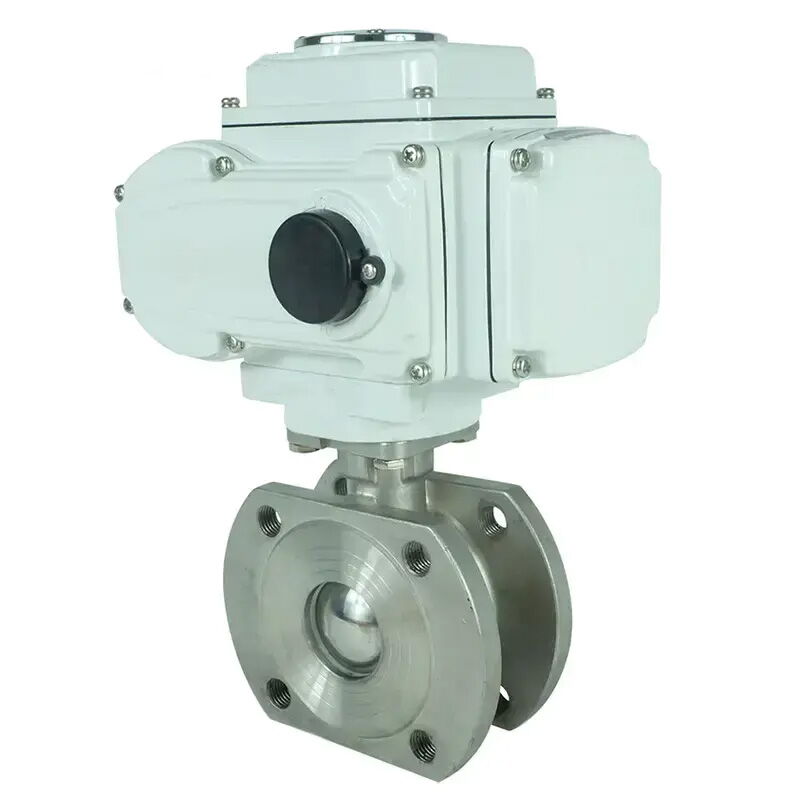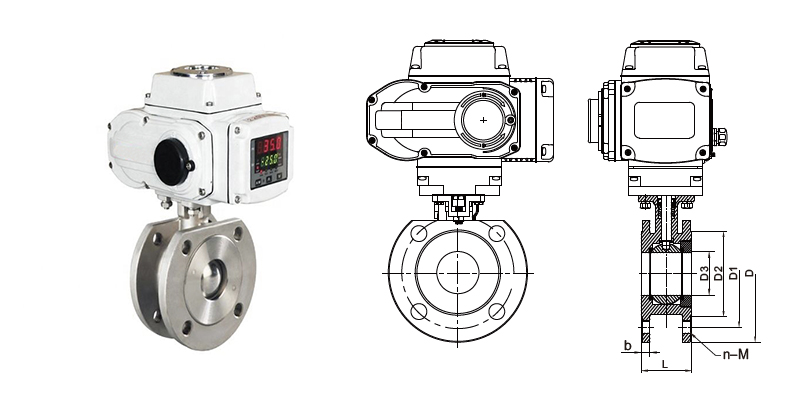
Key Specifications / Features
- Hits: 14
- Categories: Ball Control Valves
- Tags: Stainless Steel Ball Control Valve, SS 316 Ball Control Valve, 1 Inch Ball Control Valve

Product Name: Stainless Steel Ball Control Valve
Material: Stainless Steel 304, 316, SS 304, SS 316
Seat Material: PTFE, Nylon, PPL
Nominal Size: 1-4 Inch, DN25-DN100
Pressure Rating: Class 150 LB, PN20
Connection Type: Flanged
Working Temperature: 40°C - 180°C
Electric Actuator: On/Off, Regulation, Intelligent, Multi-Turn, Explosion-proof
Applications: Water Treatment, Oil & Gas, Biotechnology, etc

Electric Actuator Features:
Manual Function: Equipped with a handwheel for manual operation.
Switch Type: Offers adjustable and intelligent actuators, enabling remote control to reduce labor costs.
Temperature Resistance: Handles temperatures from -30℃/86℉ to 180℃/356℉.
Certification: ISO 5211 and Namur international installation standard for easy installation and maintenance.
Valve Body Features:
Ball Valve Types: Available in 2-way and 3-way configurations with thread, flange, clamp, or welding connections.
Material Options: Made from Stainless Steel 304, 304L, 316, or 316L.
Low Fluid Resistance: Provides minimal resistance, similar to a pipe segment of the same length.
Standard: Conforms to GB/ANSI/JIS/DIN standards.
Special Requirements: Customizable for high pressure, high temperature, and strong corrosion environments.